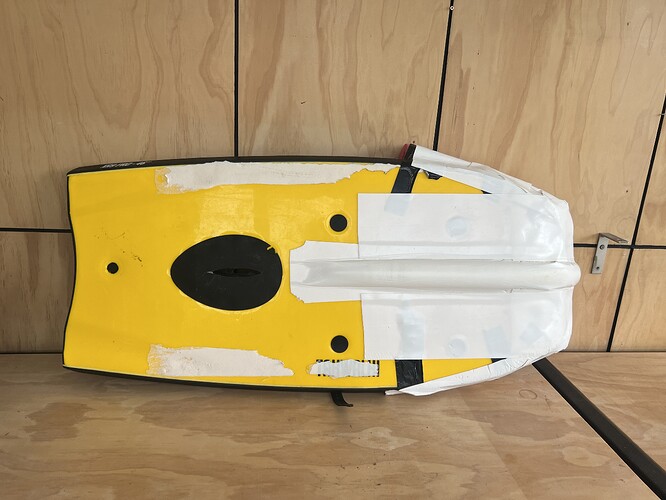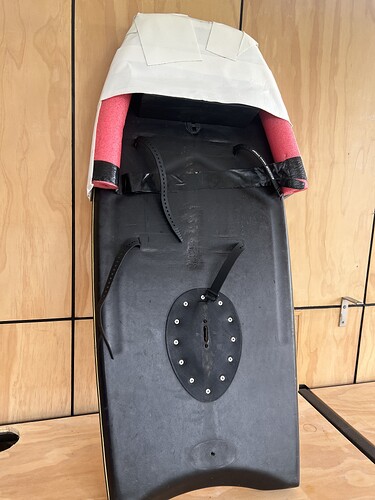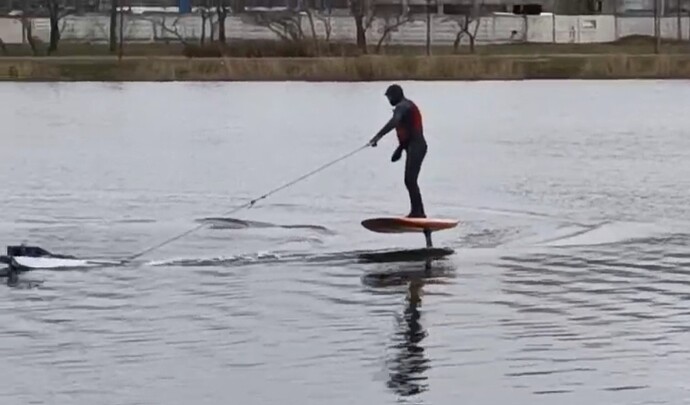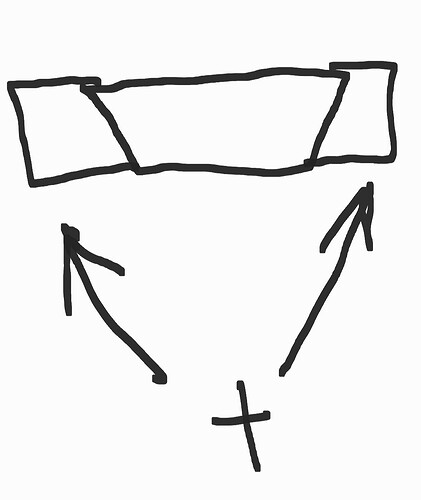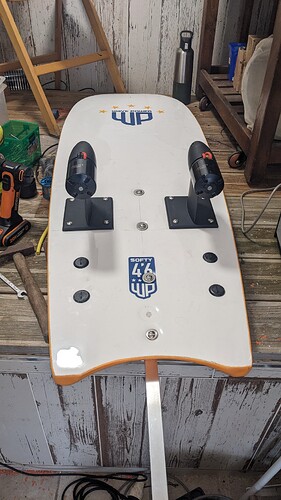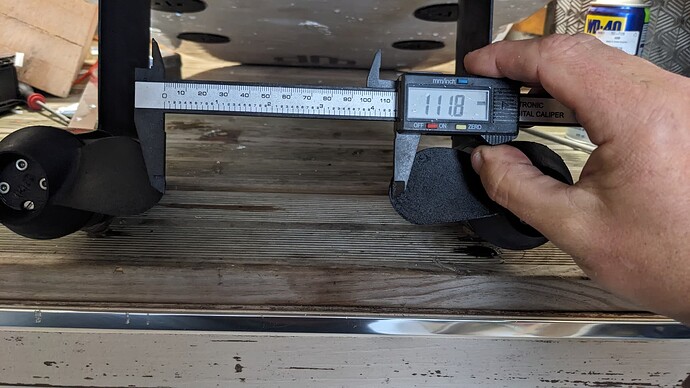Hi everyone,
Regarding the interest of dual motor tow boogie, I create a new topic to gather knowledge, pictures, measurements about general design outside electronics.
Thanks @ludwig_bre from Bremote to allow us differential steering. It opens a new era of easy build because servo steering gear is not the easiest to achieve.
I think we need to gather minds to help forum members to avoid 10 iterations before enjoying a good session with this beautiful toy.
I would like to deal with:
Board, hull shape
Weigh distribution
Tow point position
Pod length and position
Direction of propeller rotation
Underwater appendix
Sailings behaviour
A very good movie to explain my goal in term of sailing behaviour by @strongarm
For the moment, what officially exists:
Displacement hull 75 kg by Takuma with 2 deep waterjets
Inflatable Zerotow by @Strongarm : 1.30m 29 kg
Some of the forum members like @jenz @Jesserosco @rttn @Jatem @kkolli @Valhalla @okp have already good builds. Sorry if I forget somebody ![]()
To start, I would say that more the rig is heavy, more we’ll have a chance to have a comfortable behaviour in the chop and to keep the prop in the water. 75kg is too much IMO for logistics, but starting around 25/30 kg is the good range for launching alone without trolley and battery consumption
Deep pods like 20cm are good to allow the propellers to keep the thrust even on the chop
Wide boards are better to handle the roll when the rider goes on the sides of the wake (20 inch is not enough by personal experience)
Long boards are good for speed, glide and battery consumption
Short boards are easier to steer but bounce on the chop or make submarine
Long tow bar is good for steering, easier will be the steering by increasing the lever between traction point and propeller pivot point.
Low tow point (around water surface) avoids tow boogie nose up by reducing the torque between rope and propeller
Fins avoid tail drifting when the rider foils on the sides
Don’t hesitate to give your experience, researches, pros, cons.

